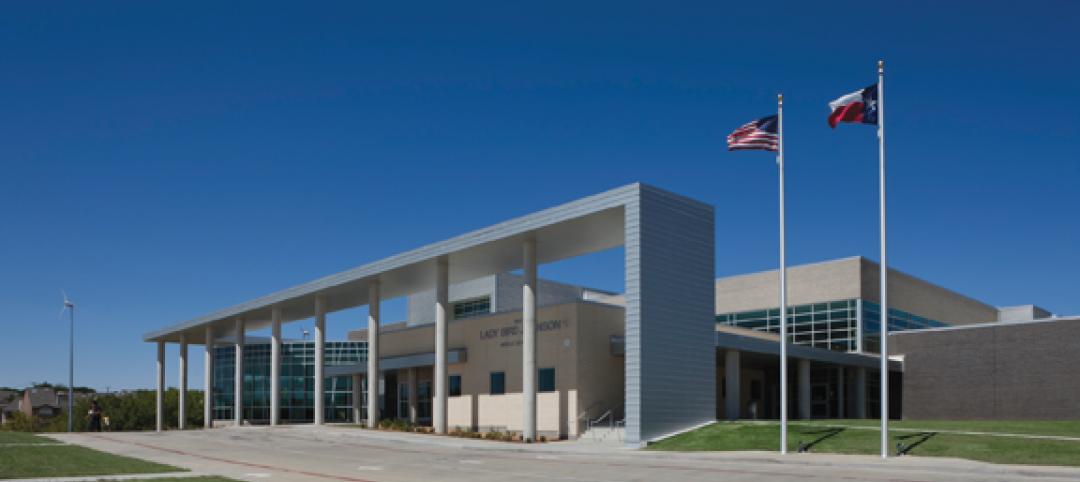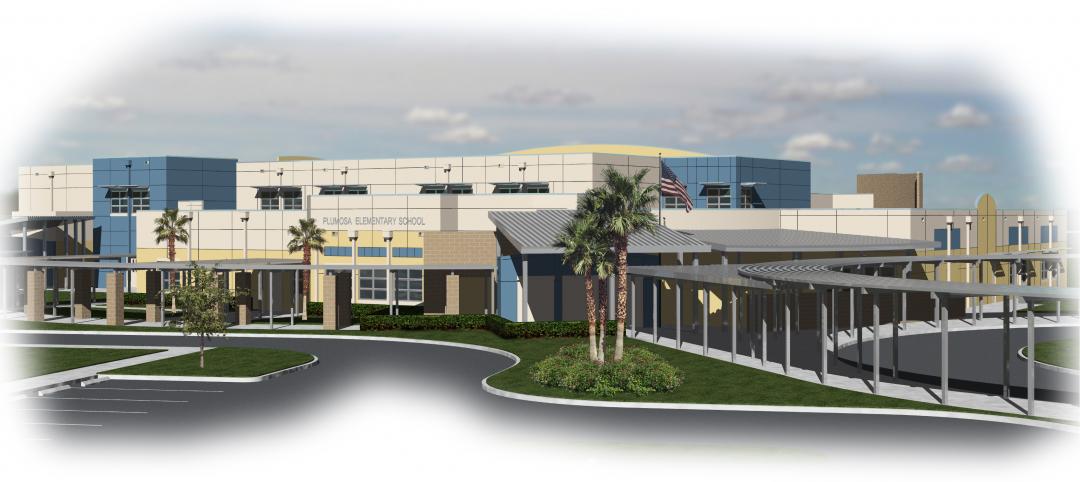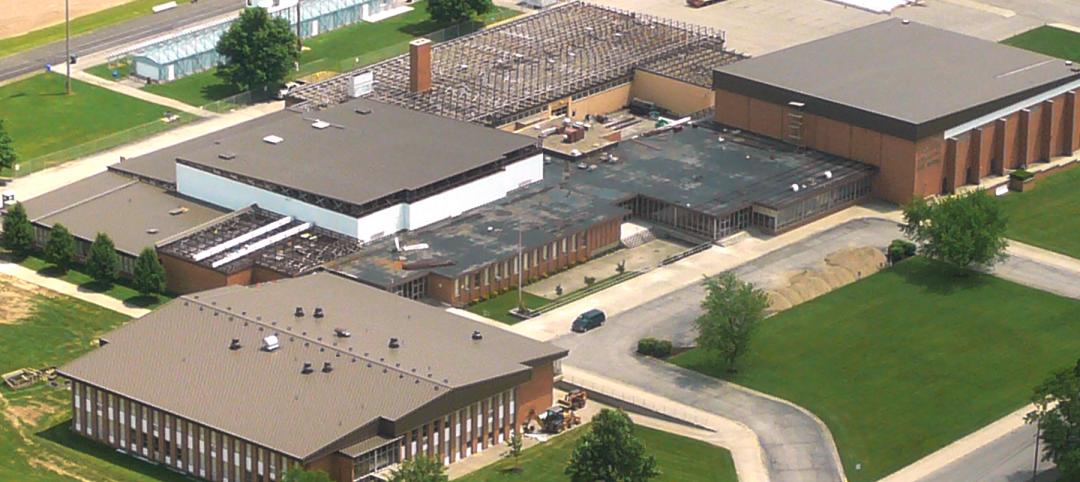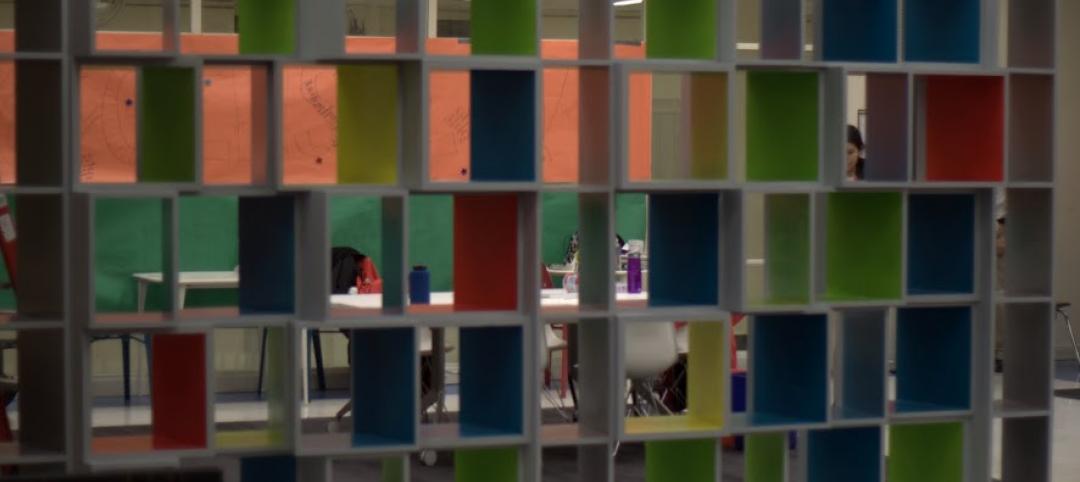California has allocated $4.1-billion to develop ‘community schools’ that have the potential to transform K-12 education.
The plan is to enrich schools in areas that struggle with poverty and other social ills to become neighborhood centers to meet the needs of students. These community schools will offer healthcare, mental health services, tutoring, and other social supports.
The aim is to break down barriers, such as hunger, anxiety and depression, racism, and housing insecurity, that detract from the ability of students to learn. Advocates say community schools could vastly improve educational outcomes. This new model is being expanded while a youth mental health crisis and intensified learning deficits are challenging educators after long, pandemic-forced school closures.
Some 268 districts across the state were awarded $649 million in grants for schools in the early stages of planning or for districts further along or seeking to expand. The L.A. Unified School District, which already had 31 community schools, received $44 million. Relatively few schools nationwide—an estimated 5,000—follow the community school model. Some studies have found that well-run community schools lead to better attendance, fewer discipline problems and chronic absences, and better communication with families.
Related Stories
| Jul 20, 2012
K-12 Schools Report: ‘A lot of pent-up need,’ with optimism for ’13
The Giants 300 Top 25 AEC Firms in the K-12 Schools Sector.
| Jul 2, 2012
Plumosa School of the Arts earns LEED Gold
Education project dedicated to teaching sustainability in the classroom.
| Jun 1, 2012
New BD+C University Course on Insulated Metal Panels available
By completing this course, you earn 1.0 HSW/SD AIA Learning Units.
| May 29, 2012
Reconstruction Awards Entry Information
Download a PDF of the Entry Information at the bottom of this page.
| May 24, 2012
2012 Reconstruction Awards Entry Form
Download a PDF of the Entry Form at the bottom of this page.
| May 24, 2012
Stellar completes St. Mark’s Episcopal Church and Day School renovation and expansion
The project united the school campus and church campus including a 1,200-sf chapel expansion, a new 10,000-sf commons building, 7,400-sf of new covered walkways, and a drop-off pavilion.
| May 21, 2012
Winchester High School receives NuRoof system
Metal Roof Consultants attended a school board meeting and presented a sloped metal retrofit roof as an alternative to tearing off the existing roof and replacing it with another flat roof.
| May 8, 2012
Gensler & J.C. Anderson team for pro bono high school project in Chicago
City Year representatives came to Gensler for their assistance in the transformation of the organization’s offices within Orr Academy High School, which also serve as an academic and social gathering space for students and corps members.
| Mar 5, 2012
Perkins Eastman pegs O’Donnell to lead K-12 practice
O’Donnell will continue the leadership and tradition of creative design established by firm Chairman and CEO Bradford Perkins FAIA, MRAIC, AICP in leading this market sector across the firm’s 13 offices domestically and internationally.















